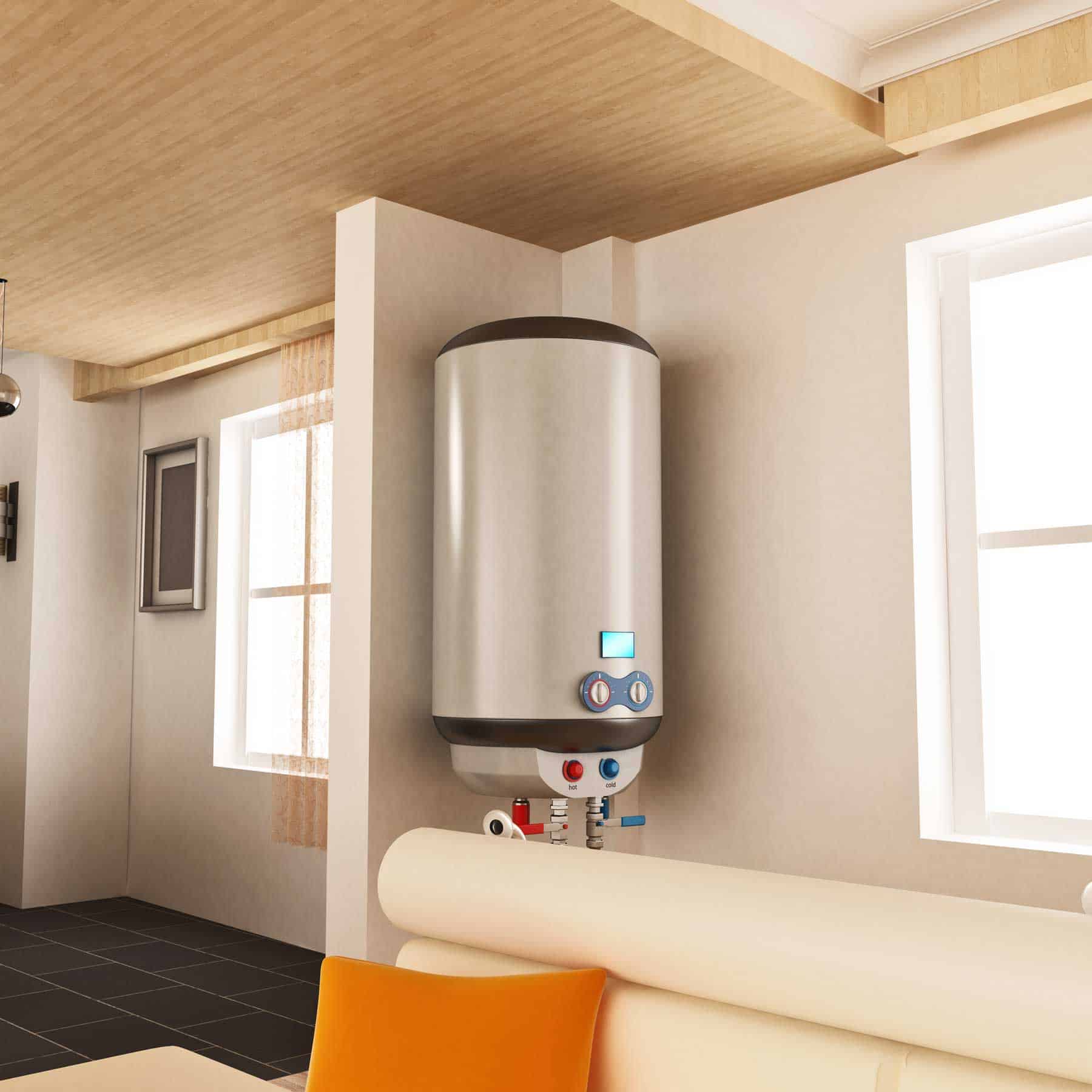Expert Tips on Caring for Your Home's Hot Water SystemBest Practices for Maintaining Your Home's Hot Water System
Expert Tips on Caring for Your Home's Hot Water SystemBest Practices for Maintaining Your Home's Hot Water System
Blog Article
On this page below you will discover additional exceptional expertise around What Kind of Maintenance Do Water Heaters Need?.

Warm water is important for day-to-day comfort, whether it's for a revitalizing shower or washing recipes. To ensure your warm water system runs efficiently and lasts longer, normal maintenance is crucial. This article supplies practical ideas and understandings on exactly how to preserve your home's warm water system to stay clear of disruptions and costly repair work.
Intro
Keeping your home's warm water system might appear challenging, yet with a few basic actions, you can ensure it operates smoothly for many years ahead. This overview covers everything from comprehending your warm water system to DIY maintenance ideas and knowing when to contact specialist aid.
Importance of Preserving Your Warm Water System
Normal maintenance not only extends the life-span of your hot water system however also guarantees it runs efficiently. Overlooking maintenance can cause lowered efficiency, higher energy expenses, and also early failing of the system.
Indicators Your Hot Water System Requirements Maintenance
Recognizing when your warm water system needs attention can avoid major issues. Look out for signs such as inconsistent water temperature, strange noises from the heater, or rusty water.
Purging the Hot Water Heater
Purging your water heater removes debris build-up, boosting performance and lengthening its life.
Monitoring and Changing Anode Rods
Anode rods avoid corrosion inside the tank. Inspecting and changing them when broken is important.
Complex Problems Calling For Professional Help
Examples include major leaks, electric problems, or if your hot water heater is consistently underperforming.
Routine Expert Upkeep Benefits
Professional maintenance can include thorough assessments, tune-ups, and making sure compliance with safety and security requirements.
Examining and Changing Temperature Settings
Readjusting the temperature level settings ensures optimal efficiency and safety and security.
Do It Yourself Tips for Maintenance
You can do a number of upkeep jobs on your own to maintain your hot water system in leading problem.
Checking for Leaks
Routinely evaluate pipelines and connections for leaks, as these can bring about water damages and higher bills.
Recognizing Your Warm Water System
Before diving into upkeep jobs, it's valuable to recognize the fundamental parts of your hot water system. Typically, this consists of the hot water heater itself, pipes, anode poles, and temperature controls.
Month-to-month Maintenance Tasks
Normal regular monthly checks can aid catch small problems prior to they escalate.
Evaluating Stress Relief Valves
Checking the pressure safety valve guarantees it functions appropriately and stops too much pressure accumulation.
Protecting Pipelines
Insulating warm water pipes minimizes warmth loss and can save power.
When to Call an Expert
While do it yourself upkeep is helpful, some issues call for professional expertise.
Final thought
Regular upkeep of your home's warm water system is important for performance, durability, and price savings. By adhering to these tips and understanding when to look for professional assistance, you can make sure a trusted supply of hot water without unanticipated disruptions.
How to Maintain an Instant Hot Water Heater
Before tinkering with your hot water heater, make sure that it’s not powered on. You also have to turn off the main circuit breaker and shut off the main gas line to prevent accidents. Also turn off the water valves connected to your unit to prevent water from flowing into and out of the appliance. 2. When you’re done, you have to detach the purge valves’ caps. These look like the letter “T” and are situated on either side of the water valves. Doing so will release any pressure that has accumulated inside the valves while at the same time avoid hot water from shooting out and burning your skin. 3. When the purge valves’ caps are removed, you have to connect your hosing lines to the valves. Your unit should have come with three hoses but if it didn’t, you can purchase these things from any hardware or home repair shops. You can also get them from retail stores that sell water heating systems. Read the user’s manual and follow it to complete this task properly. When the hosing lines are connected, open the purge port’s valves. 4. You should never use harsh chemical cleaners or solutions when cleaning your unit. Make use of white vinegar instead. It should be undiluted and you’ll probably use about 2 gallons. 5. Now flush your water heater. This task should probably take about 40 minutes. We can’t give you specific directions for this because the procedure is carried out depending on the type, model and brand of your heater. With that being said, refer to the user’s manual. 6. When you’re done draining the unit, you have to turn off the purge port valves again. Remove the hosing lines that you earlier installed on each of the water valves. Put the valve caps (purge port) back in their respective places and be very careful so as not to damage the rubber discs that are found inside these caps. 7. Now that everything’s back in place, check your user’s manual again to find out how to reactivate your water heating system. 8. Once it is working, turn one of your hot water faucets on just to let air pass through the heater’s water supply pipes. Leave the tap on until water flows smoothly out of it. https://www.orrplumbing.com/blog/2014/september/how-to-maintain-an-instant-hot-water-heater/

I found that content on How to Maintain a Hot Water Heater in a Few Simple Steps when doing a lookup on the internet. Are you aware of another person who is sincerely interested in the subject? Feel free to share it. Many thanks for being here. Kindly pay a visit to our site back soon.
Call Report this page